On April 17, in Hue City, a scientific workshop was held with the theme "Directions for tourism development in Hue City", with the participation of researchers and experts in the fields of culture and tourism.
The workshop selected 18 papers by 19 authors to be printed in the proceedings, divided into the following contents: potential for tourism development; Hue tourism in sustainable development strategy.
Researcher Nguyen Quang Trung Tien presented a paper at the conference.
PHOTO: LE HOAI NHAN
At the conference, researcher Nguyen Quang Trung Tien gave a presentation on The beginning of Hue tourism in the late 19th and early 20th centuries and its sustainable values from the past to the present . Through his presentation, this researcher answered questions such as: When did tourism start in Hue; how were tourism activities operated at that time?...
Hue is known through the French book
According to this researcher, tourism activities and tourism services in Hue officially began in the late 19th century, when basic surveys on geography, hydrology, natural and social environment landscapes were completed, bringing new insights and stimulating the curiosity of the outside world about Hue.
Researcher Nguyen Quang Trung Tien said that after the Treaty of Giap Tuat on March 15, 1874, one of the agreements that France immediately implemented was to present King Tu Duc with 5 steam ships to serve the needs of the Hue court.
Landscape on the Perfume River crossing between Hue Citadel and the French Embassy in the late 19th century
PHOTO: TAKEN FROM YEARBOOK
However, due to the lack of domestic technical personnel qualified to operate and maintain, the Nguyen Dynasty recruited and hired foreigners to work. Among those who accepted to work for the Hue Dynasty was Mr. Jules Léon Dutreuil de Rhins, a French naval officer, explorer and geographer.
In the years 1876 - 1877, Mr. Dutreuil de Rhins, in addition to commanding motor ships, was also assigned by King Tu Duc and his court to conduct geographical and hydrological surveys in Hue and many other places in the country to serve the development of the motor transport network, trade and agriculture.
After leaving Hue, this French officer wrote about his geographical survey in the Central region published in the Journal of the Geographical Society in Paris in 1878; and in 1879, he published his Travel Diary to the Kingdom of An Nam. and the Annamese, then reprinted a second time in 1889.
A porter carrying a hammock at a station on Hai Van Pass in the late 19th century.
PHOTO: TAKEN FROM YEARBOOK
Mr. Dutreuil de Rhins's articles and books have published detailed records of the land and the work he did in Hue and many other places, with many useful details for research and reference on geography, landscape, environment, culture, society, history; at the same time introducing and meeting the need to understand Hue for foreigners, especially the Western world...
According to researcher Nguyen Quang Trung Tien, the survey results of Mr. Dutreuil de Rhins in 1876 - 1877 were valuable as a premise to promote the opening of sightseeing and experiential tourism activities in Hue later, including descriptions of sea routes and coastal landscapes and lagoon systems in Hue; river routes and landscapes from Thuan An estuary to Hue Citadel; river routes and landscapes from Hue Citadel to the upper reaches of the Huong River; road routes, waterways and landscapes from Hai Van Quan to Hue Citadel...
Hue tourism opens, run by the French
According to researcher Nguyen Quang Trung Tien, it was not until the end of the 19th century that tourism activities in Hue were activated through tours around Asia and around Indochina.
At that time, tourists came to Hue mainly by ship through Tourane port (Da Nang). From this port, tourists took hammocks and chairs to Cau Hai (now Phu Loc district, Hue city), then took a boat from Cau Hai to An Cuu river (Thuan Hoa district, Hue city) to reach Hue Citadel.
Hue Railway Station in the early 20th century
PHOTO: TAKEN FROM YEARBOOK
At that time, walking tours or sightseeing in Hue were often served by hand-pulled carts or hammock-chair stretchers.
At the conference, researcher Do Minh Dien said that, realizing the tourism potential in Indochina in general and Hue in particular, since the First World War, the French quickly implemented a series of plans to maximize revenue from tourism and service activities.
In the early stages, the French focused on establishing local tourism offices, building a system of hotels and accommodations, and investing in researching tourist routes.
Morin Frères Hotel on Jules Ferry Street, now Le Loi Street (Hue City), early 20th century
PHOTO: TAKEN FROM YEARBOOK
At that time, all plans, programs to promote and exploit tourism in Hue were actually created, operated and managed with the aim of serving the interests of the colonial government.
All important positions in the management apparatus are in the hands of the French. They control the tour routes and have a near monopoly on travel services (accommodation, transportation costs, food, entertainment, etc.).
In addition to the above presentations, the conference also brought dozens of other research papers with topics such as: Promoting cultural values to build Hue city into a major national and international tourist center ; Characteristics of historical relics of the Tay Son period in Hue and the development of heritage tourism ; Developing spiritual tourism in Hue city ; Dong Ba - Truong Tien: A focal point of Hue...
Source: https://thanhnien.vn/du-lich-hue-thoi-nha-nguyen-da-dien-ra-va-van-hanh-nhu-the-nao-185250417144535554.htm


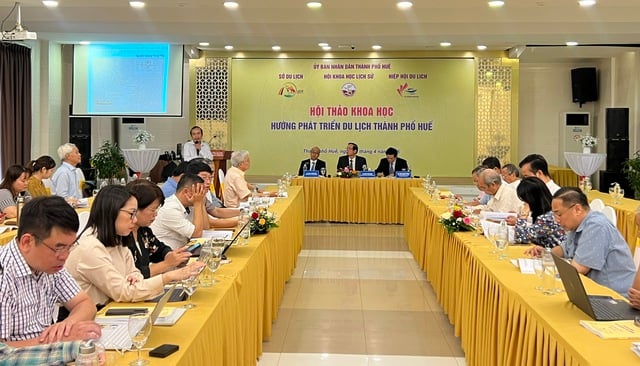
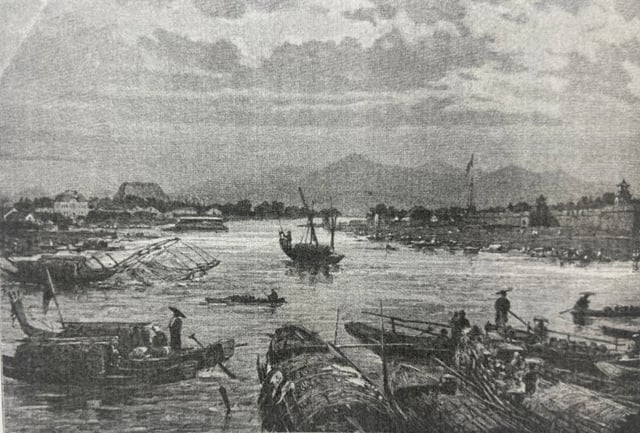
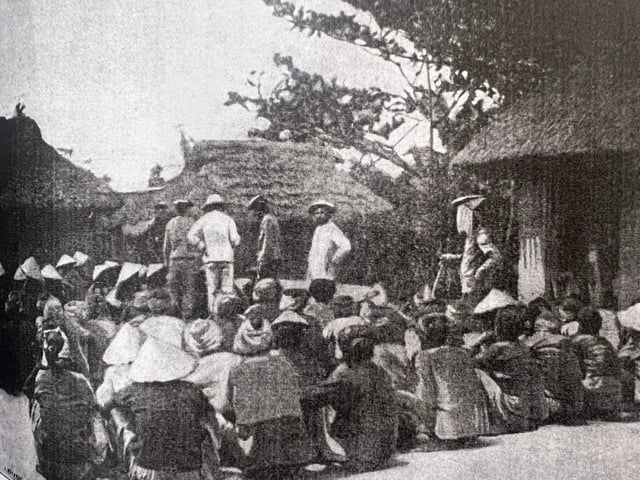
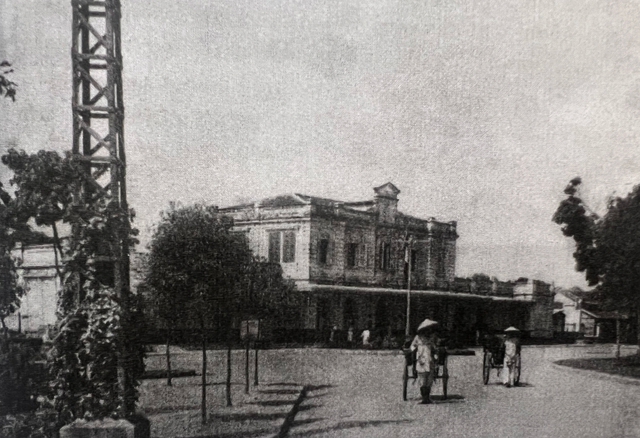
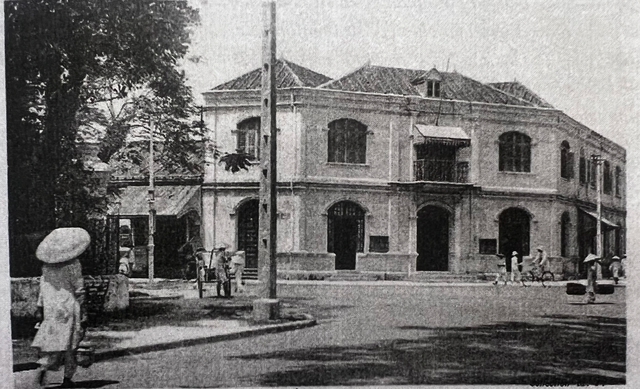
![[Photo] Special flag-raising ceremony to celebrate the 135th birthday of President Ho Chi Minh](https://vphoto.vietnam.vn/thumb/1200x675/vietnam/resource/IMAGE/2025/5/19/1c5ec80249cc4ef3a5226e366e7e58f1)
![[Photo] Party and State leaders visit President Ho Chi Minh's Mausoleum](https://vphoto.vietnam.vn/thumb/1200x675/vietnam/resource/IMAGE/2025/5/19/d7e02f242af84752902b22a7208674ac)
![[Photo] Party and State leaders attend the special art program "You are Ho Chi Minh"](https://vphoto.vietnam.vn/thumb/1200x675/vietnam/resource/IMAGE/2025/5/18/6895913f94fd4c51aa4564ab14c3f250)

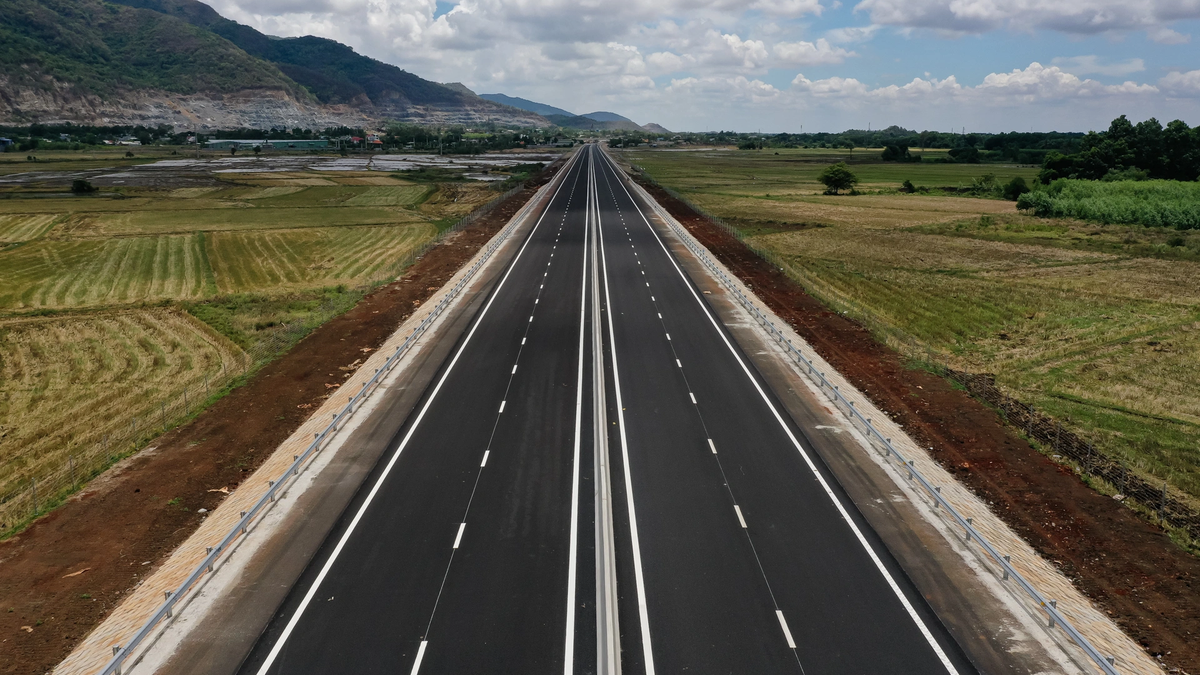
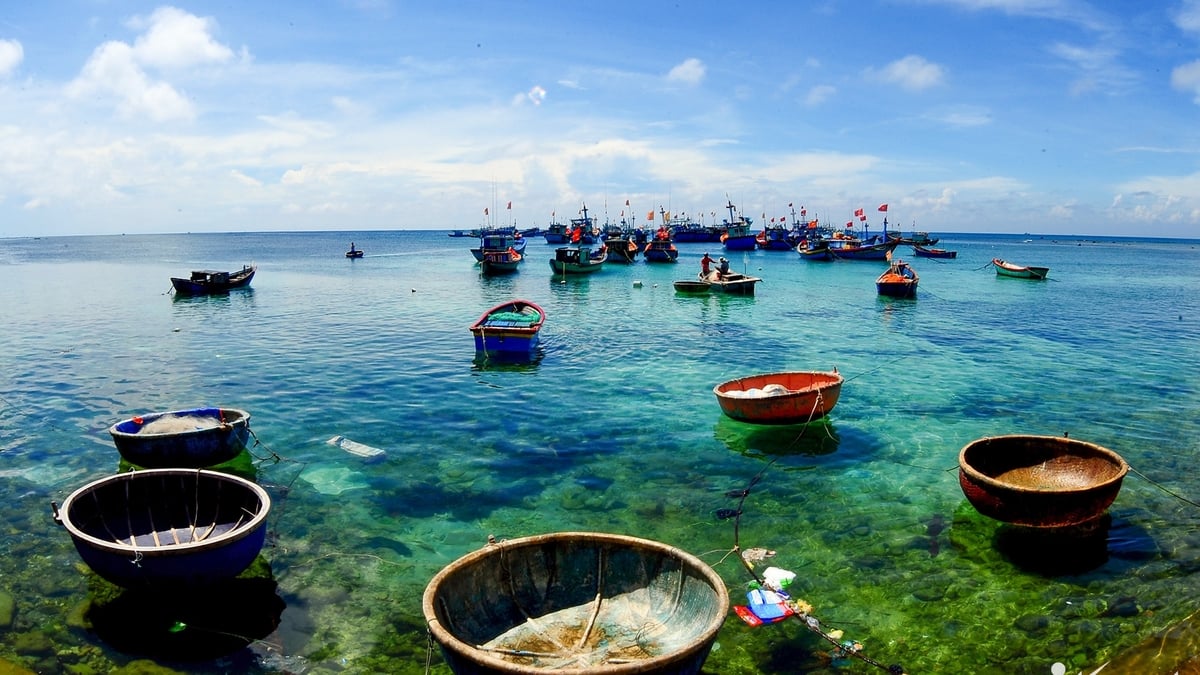

![[Video] Uncle Ho promotes sense of responsibility](https://vphoto.vietnam.vn/thumb/402x226/vietnam/resource/IMAGE/2025/5/19/02e981b562be43978d802d1d548d98e4)

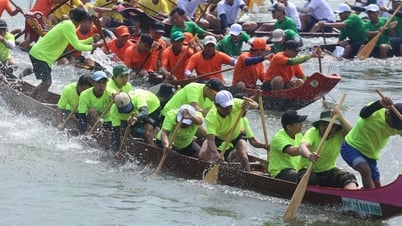
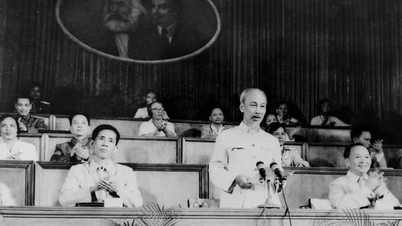

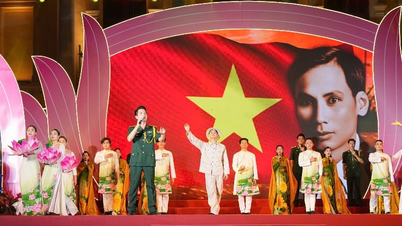











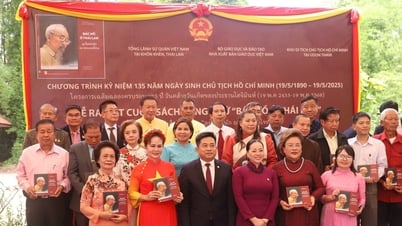
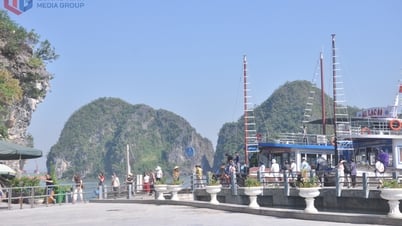



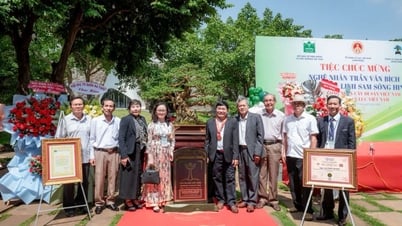












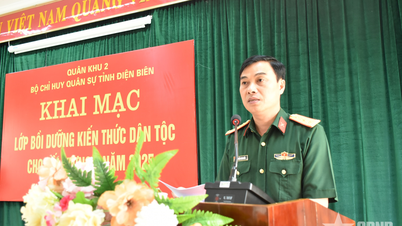
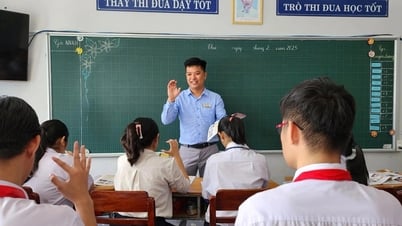
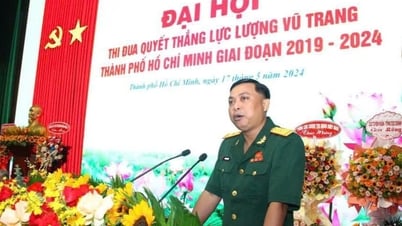

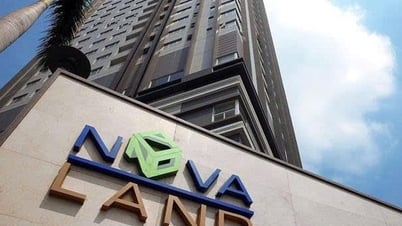

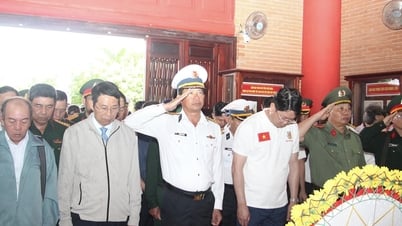

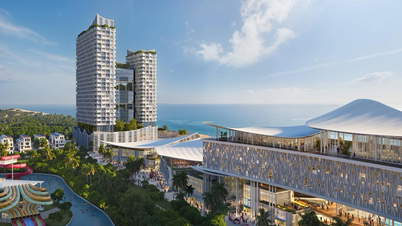

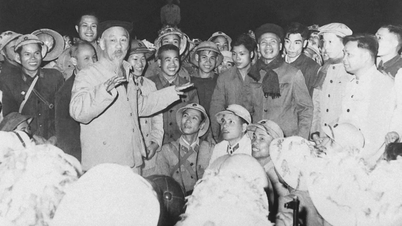
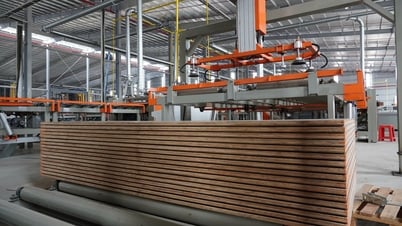





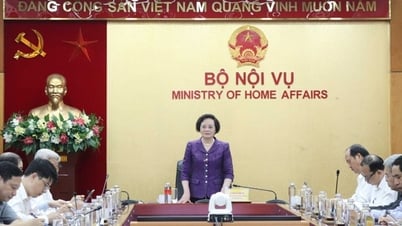


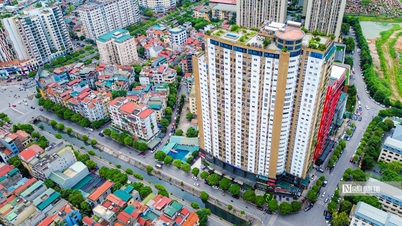


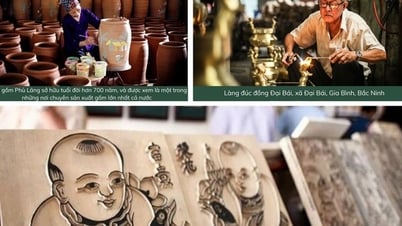
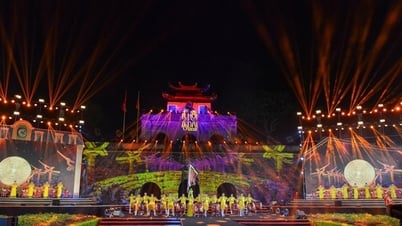

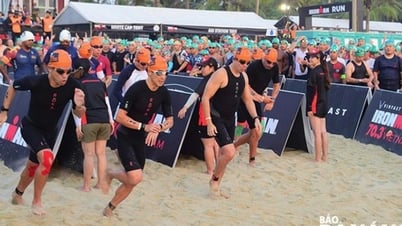
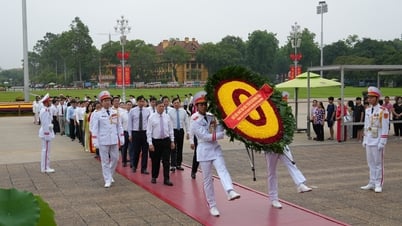

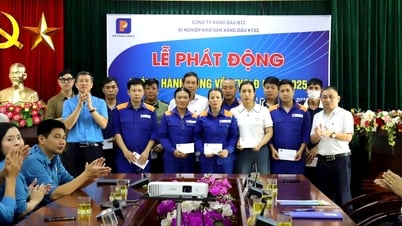

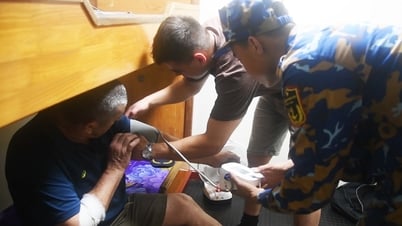





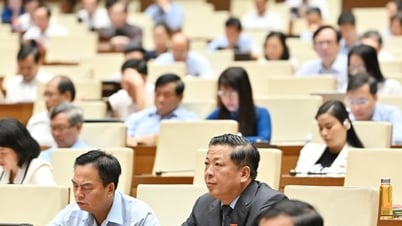

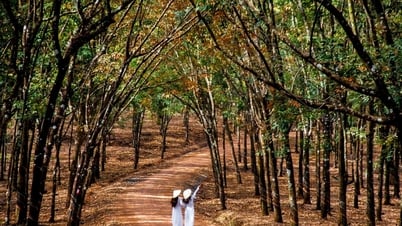



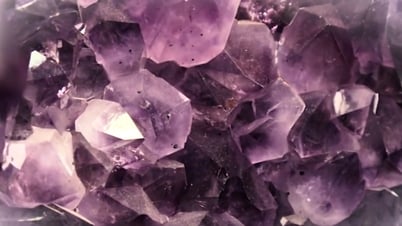




Comment (0)